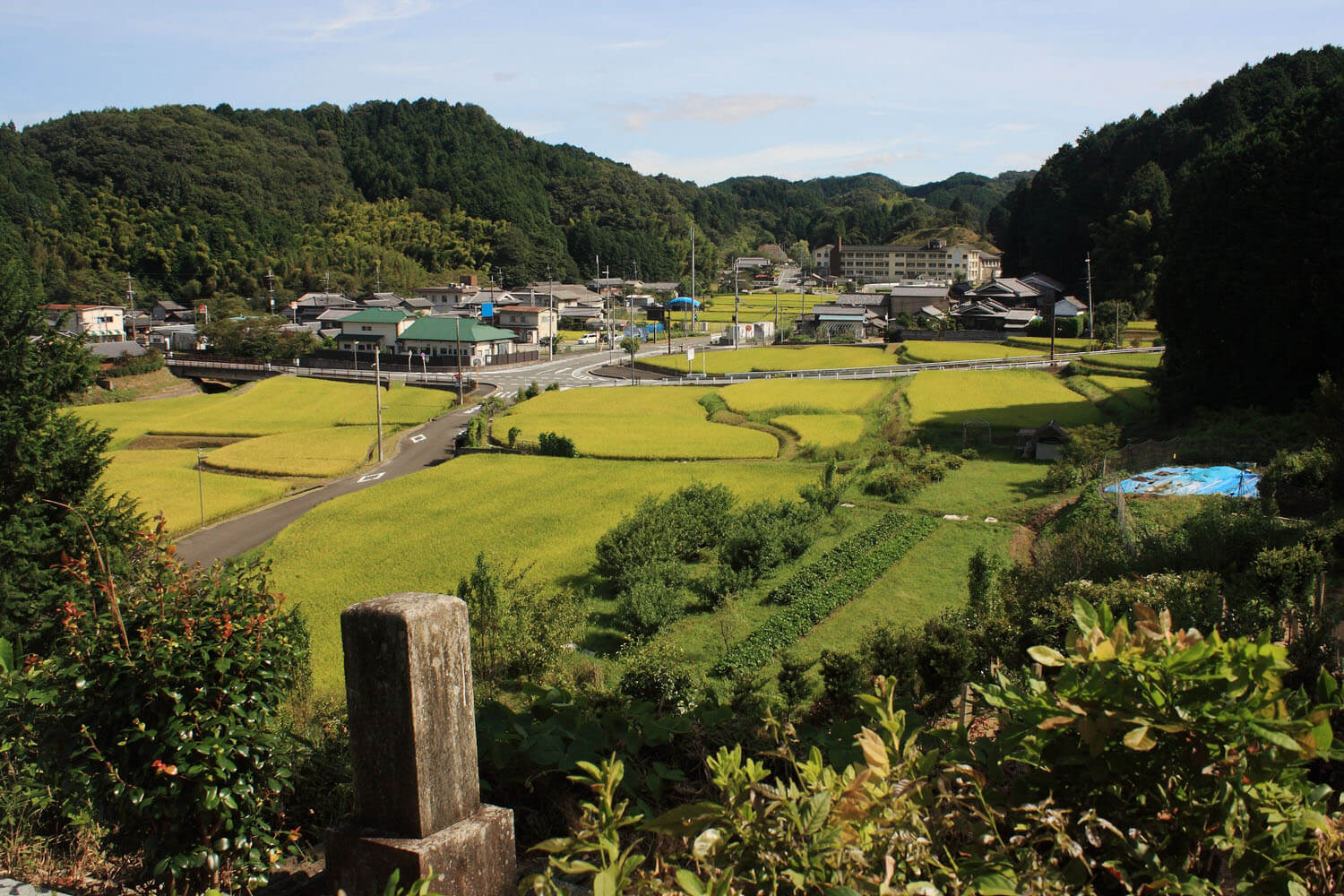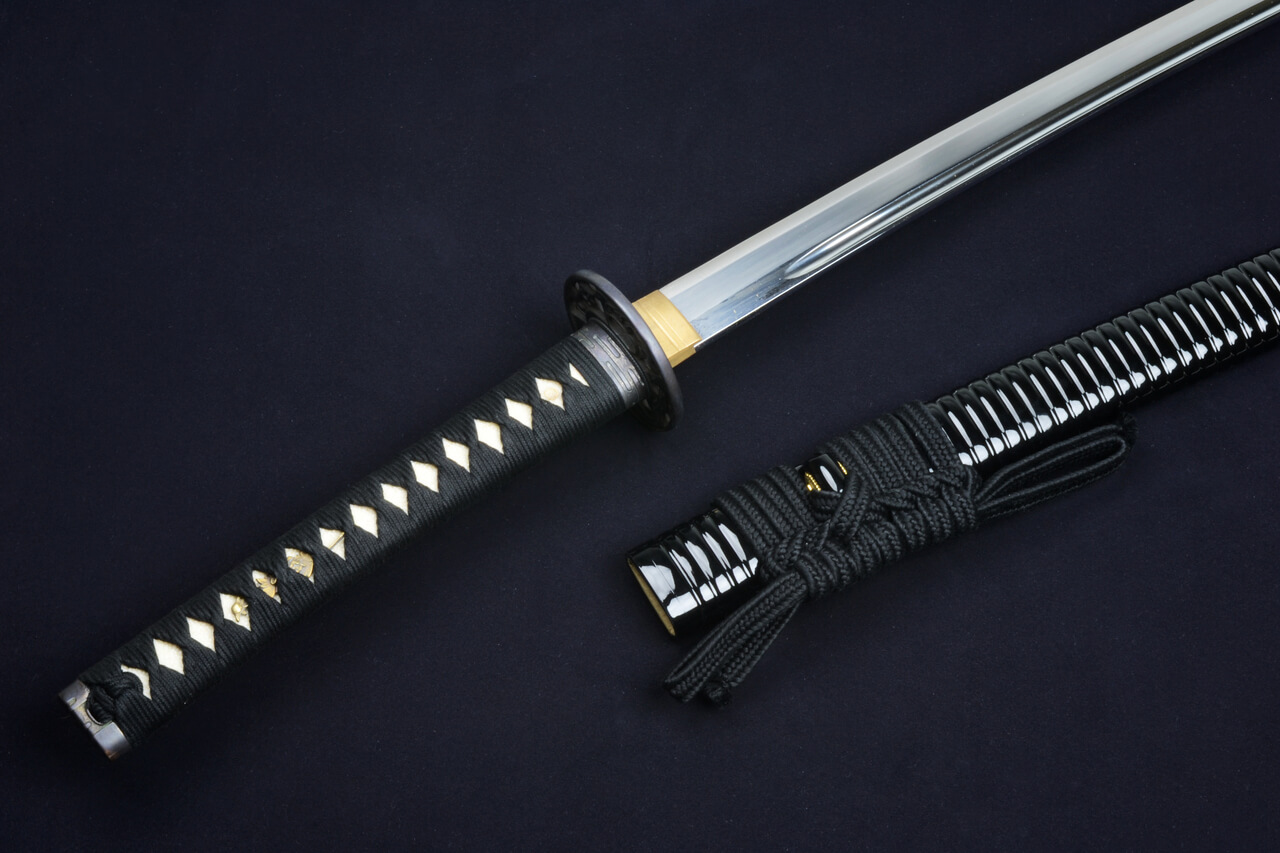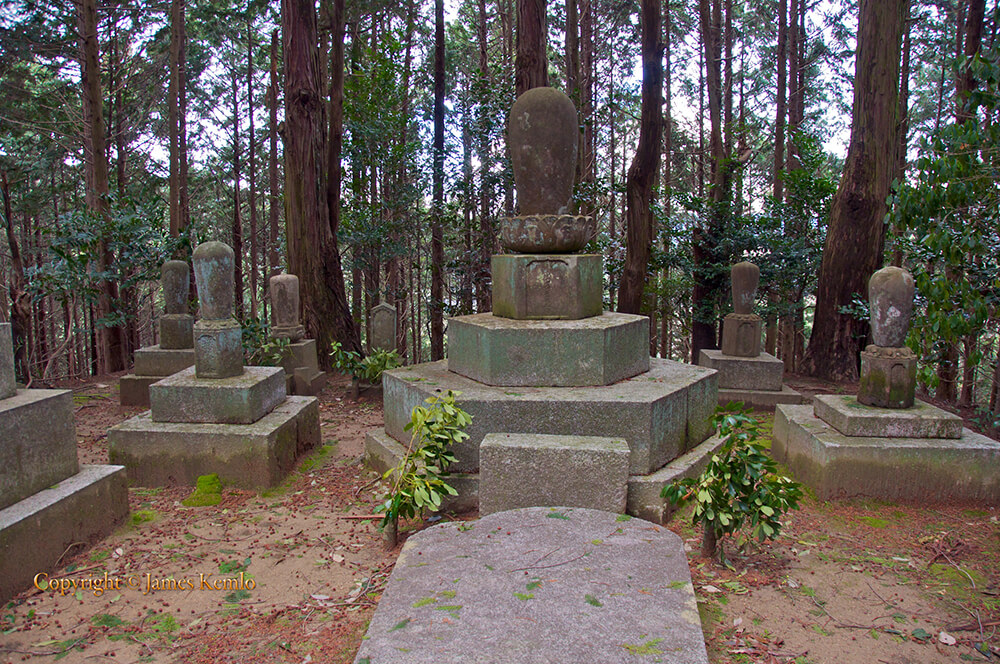Discover the ancient routes of the Kansai region of Japan
- Information
- Location
- Gallery
- Additional Info
- Similar Tours
- Level
| Highlights | Trip Level | Availability |
|---|---|---|
|
Challenging |
Recommended from April to November |
What's included
- Entrance tickets to monuments and museums
- First Entrance fees
- Observation and participation in allowed activities
- Professionally guided tour
- Current Hotel Taxes and Service Charges
- Increases in airfares or Government imposed taxes
- Other International flights
- Services not specifically stated in the itinerary
- Tips to guide and driver
- Visa arrangements
Tour Itinerary
Nara and Sightseeing

Our tour starts with check in at hotel in the city of Nara, the first permanent capital of Japan, established in 710. The city is of a smaller scale than Kyoto but home to some of the most historic and impressive temples in the country. Along with the historic buildings there are a number of lovely trails in and around the city, including the Wakakusa-yama trail, which runs through a primeval forest protecting the Kasuga Grand Shrine. This evening our guide will meet you at the hotel and take you to one of our local restaurants for a Welcome Dinner. Your accommodation for the first two nights is in a modern hotel in the city.
Distance: 10.4km / 6.5miles ![]()
Elevation:
Incline 268m / 879 feet Decline 518m /1699 feet ![]()
Accommodation: Hotel ![]()
Meals: Breakfast ![]()
Walk the Yagyu Kaido Trail
After breakfast, we take a local bus and travel east out of Nara to the Enjoji Temple where we start our walk on the Yagyu Kaido, an historic trail, also known as the Road to the Sword of Peace, linking the village of Yagyu to Nara. Yagyu is the ancestral home of the Yagyu family who established Yagyu Shinkage-ryu, an ancient school for swordsmanship and whose core philosophy of the ‘Sword of Peace’ was adopted by the Tokugawa Shogunate helping to usher in 250 years of peace during the Edo period. The walk itself leads us through cedar forests and charming rural villages, peaceful rice paddiess and tea plantatiosn before returning us to the Kasuga Grand Shrine, back in Nara.
Distance: 10.4km / 6.5miles ![]()
Elevation:
Incline 268m / 879 feet Decline 518m /1699 feet ![]()
Accommodation: Hotel![]()
Meals: Breakfast ![]()



Walk the Murou Kodo Trail
This morning a short train journey takes us to Uda, a country town in Nara prefecture, where we board a local bus to the start of the Muro Kodo Trail. This trail had historical significance as it led pilgrims to the Murouji Temple which was one of the few temples at the time that allowed women to worship, hence the temple’s other name ‘Mt Koya for Women’ – Mt Koya being the site where Shingon Buddhism was first centred during the 9th century but only allowing access to men. The walk itself follows an old mountain road, taking us through peaceful forests, rural villages and past temples and shrines, including the Futsuryuji Temple, where the influential monk, Kukai (also know as Kobo Daishi) was thought to have first brought tea seeds back from China for cultivation. The trail culminates at the Murouji Temple after which we have a gentle descent to Onodera temple where we see an image of a Buddha carved into a cliff face. On completion of the walk we take a short train ride to Akame, in the Mie Prefecture where we overnight in a charming Japanese Inn, where we will have the opportunity to enjoy it’s thermal hot spring.
Distance: 10.4km / 6.5miles ![]()
Elevation:
Incline 268m / 879 feet Decline 518m /1699 feet ![]()
Accommodation: Japanese Traveller’s Lodging ![]()
Meals: Breakfast and Dinner![]()
![]()
Akame 48 Waterfalls Walk
Today, we will walk the gorge of the Akame 48 Waterfalls, where legend has it that 1300 years ago a mountain priest, Enno-gyoja, met the God of Fire who was riding a red eyed ox and it is from this encounter that the town was named, Akame meaning Red Eye. We will firstly walk at our own pace enjoying the wonderful cascades flowing through the gorge as well as taking a visit to the Salamander Centre where we learn about these huge amphibians which can grow to a meter in length and can be found inhabiting the surrounding waters. After seeing various waterfalls, we will then walk Nagasakayama trail, a pleasant loop walking route and en-route, we will enjoy a lovely view over Akame gorge. This region was once also known as a training area for the Iga-ryu Ninja, these being individuals engaged in intelligence activities between the 15th to 18th Century and now more loosely featured in modern day film and entertainment. We will spend our second night in Akame at the Japanese inn.
Distance: 10.4km / 6.5miles ![]()
Elevation:
Incline 268m / 879 feet Decline 518m /1699 feet ![]()
Accommodation: Japanese Traveller’s Lodging ![]()
Meals: Breakfast and Dinner![]()
![]()
Travel to Nakatsugawa and start walking on the Old Kiso Road, Nakasendo Way
After breakfast we leave Akame and transfer by train to Nakatsugawa in the Kiso valley from where we will begin the first part of our walk on the Nakasendo Way, a beautiful section called the Old Kiso Road. The trail runs through quiet residential areas past old farmhouses and paddy fields and rises up to Ochiai village where we will enter the final section of today’s walk, up to Tuzuraore pass, which includes almost a kilometre of original cobbled path, before arriving into Magome. Magome itself is one of the best preserved post towns of the Nakasendo Way and is also where Japan’s first modern novelist, Toson Shimazakai spent much of his childhood. It is in Magome where we spend the night at a traditional inn in the centre of the village.
Distance: 10.4km / 6.5miles ![]()
Elevation:
Incline 268m / 879 feet Decline 518m /1699 feet ![]()
Accommodation: Japanese Traveller’s Lodging ![]()
Meals: Breakfast and Dinner![]()
![]()
Walk Magome to Tsumago
Today’s walk takes us along one of the best preserved sections of the Nakasendo Way. The beginning of the walk in Magome allows us some beautful views of Mount Ena, before leading us up to the Magome pass and on through small countryside hamlets before descending through cedar forests to an Edo period guest house, where we can take a rest and enjoy some refreshments. We then follow the trail to the hamlet of Otsumago, which once flourished as a wealthy farming area, before we arrive at today’s final destination, Tsumago, another very well preserved post town reminiscent of the Edo period. Here we will overnight at a delightful local accommodation in the village.
Distance: 10.4km / 6.5miles ![]()
Elevation:
Incline 268m / 879 feet Decline 518m /1699 feet ![]()
Accommodation: Japanese Traveller’s Lodging ![]()
Meals: Breakfast and Dinner![]()
![]()
Travel to Yabuhara and walk over Torii Touge Pass
After breakfast we take a short bus ride to Nagiso station where we catch a train to the post town of Yabuhara and start the day’s walk on another section of the Nakasendo Way. The walk will lead us on a steep path over the Torii Pass and then descend through mixed forest, allowing us to see the giant Boku Yo trees, before arriving into the charming town of Narai. Narai is one of the better preserved post towns on the Nakasendo Way with traditional architecture still on view and is also known for it’s boxwood combs and lacquerware. We will stay overnight at a traditional merchant house, with the host providing dinner of traditional regional cuisine.
Distance: 10.4km / 6.5miles ![]()
Elevation:
Incline 268m / 879 feet Decline 518m /1699 feet ![]()
Accommodation: Japanese Traveller’s Lodging ![]()
Meals: Breakfast and Dinner![]()
![]()
Travel to Matsumoto, visit Matsumoto Castle then to Tokyo
This morning we leave the Nakasendo Way and travel by train (offering some wonderful views of the Japanese Alps) for Tokyo, though we do break the journey in the town of Matsumoto to visit the city’s iconic Castle. Built during the 16th century, and often known as ‘Crow Castle’ due to it’s black walls, it is one of the most impressive castles in Japan and as such has been designated as one of the ‘National Treasures of Japan’. After our visit to Matsumoto we once again board the bullet train to Tokyo, where, after checking in at our hotel, we will enjoy a Farewell Dinner together at one of the many local restaurant.
Distance: 10.4km / 6.5miles ![]()
Elevation:
Incline 268m / 879 feet Decline 518m /1699 feet ![]()
Accommodation: Hotel![]()
Meals: Breakfast and Dinner ![]()
![]()
Tour Ends
Our guide will bid you good-bye after breakfast, after assisting you with your travel arrangements to the airport or to you next destination in Japan.
Distance: 10.4km / 6.5miles
Elevation: Incline 268m / 879 feet Decline 518m /1699 feet
Accommodation: Hotel ![]()
Meals: Breakfast ![]()
Tour Gallery
Tourcrafters Japan’s range small group walking tours are designed to show the hidden treasures and highlights of this beautiful country. Travellers venture off-the-beaten-track and onto the backroads into areas other tours would miss. Experience a true cultural immersion into Japanese traditions and a genuine experience of Japan. We can handle tour groups of varying sizes.
More about Japan
More about Special Interest Tour
More about this tour
We start by enjoying a trail to the east of Nara, the Yagyukaido, which leads us through beautiful local landscape, past shrines and through local villages giving us a flavour of life in the Japanese countryside. We then travel further a field away from the large towns and into the surrounding mountains where we walk the Old Mountain Road which takes us to the well known 9th century Murouji Temple – also known as Nyonin Koya, which literally means ‘Mount Koya for women’. We then spend two nights in Akame where we have a full day spent enjoying walks along the beautiful Akame 48 Waterfalls before continuing to one of Japan’s best known ancient routes, the Nakesendo Way. Here we spend three days finest hiking sections of the Nakesendo Way passing through well preserved postal towns and following in the footsteps of merchants, samurai and other travellers of the Edo period who once traversed this famous ancient road between Edo and Kyoto.






Walk the Yagyu Kaido Trail
After breakfast, we take a local bus and travel east out of Nara to the Enjoji Temple where we start our walk on the Yagyu Kaido, an historic trail, also known as the Road to the Sword of Peace, linking the village of Yagyu to Nara. Yagyu is the ancestral home of the Yagyu family who established Yagyu Shinkage-ryu, an ancient school for swordsmanship and whose core philosophy of the ‘Sword of Peace’ was adopted by the Tokugawa Shogunate helping to usher in 250 years of peace during the Edo period. The walk itself leads us through cedar forests and charming rural villages, peaceful rice paddiess and tea plantatiosn before returning us to the Kasuga Grand Shrine, back in Nara.
Moderate





